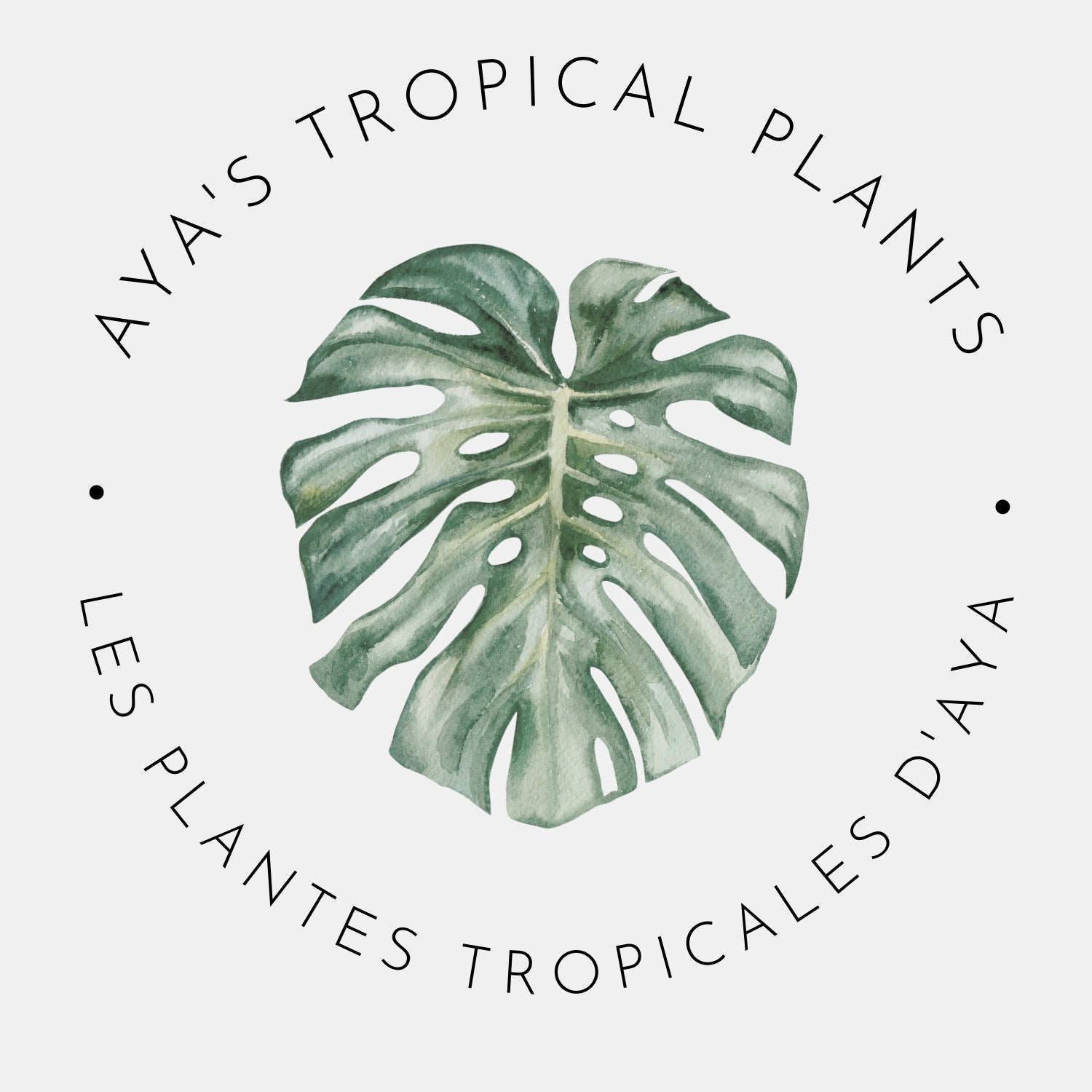🪲 Each plant is carefully treated against unwanted pests.
Shipping
All plants are shipped with their roots wrapped in Sphagnum Moss, and plastic wrap to retain moisture for the root system. Foliage is then wrapped in a soft material, and then the whole plant is wrapped in isolation paper to secure the plant from movement in the box. Upon arrival to your home, check the roots for any signs of damage or rot. If rot appears, trim the affected roots with clean scissors or pruning shears, and plant into the new pot with the above specified growing media. We recommend waiting a day to water your new plant after repotting, as this will reduce the risk of root rot. Please note that yellowing or browning leaves could occur in transit.




